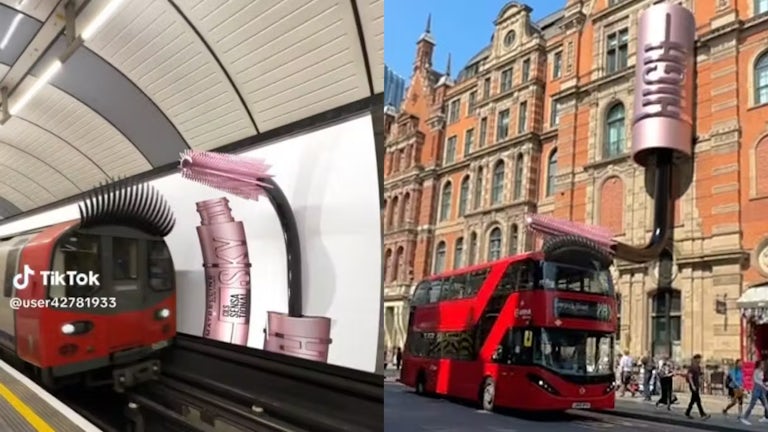Shopping Bag (0)
Your shopping bag is empty


First Maybelline’s ‘fake’ giant mascara wand, then Orange’s World Cup AI fake-out. Not-quite-real ads are here, and deepfakes aren’t far behind. Should advertisers be wary? We asked The Drum Network.
Jordan Dale, creative director, Amplify: “Did people think that John Lewis actually sent a man to the moon in 2015? Is Tom Holland actually living as Spiderman in New York City? Does a TikTok face filter actually change my face?
“The question is: why is this Maybelline ad being judged any differently to the thousands of ‘artificial’ entertainment creations that we consume on a daily basis through our screens? That word, ‘artificial,’ has negative connotations that we should get rid of. The best stories in the world are, by definition, ‘artificial’.
“Being nowhere near the target demo of Maybelline and struggling to avoid the ad means one thing and one thing only: it’s a certified banger. The ownership from the brand on the creative process behind it (shoutout @origiful), and turning that into its own story, means they created a richer connection with their audience. Sure, there are watch-outs to consider around AI being used for malicious intent. But let’s not let that get in the way of killer creativity and storytelling.”
To read the full article, visit The Drum.